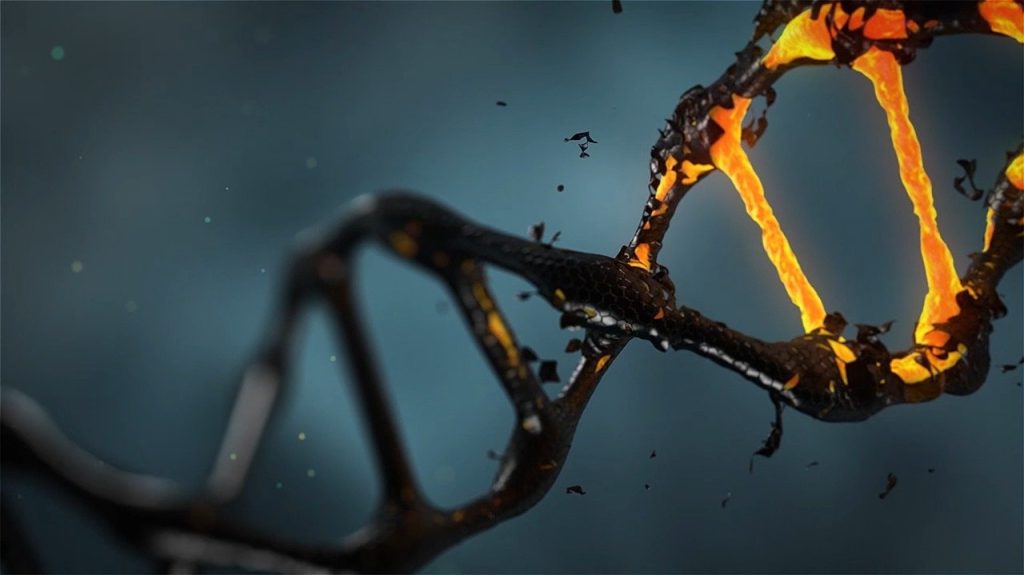
There is an elaborate interplay between genes, sex, the environment during growth, and age and how they influence variation in longevity, according to a study published in the journal Science. These findings are an important step in understanding why some people live longer than others and provide a basis for future studies to improve a healthy lifespan.
Robert Williams, PhD, at the University of Tennessee Health Science Center (UTHSC), along with Johan Auwerx, MD, PhD, at the École Polytechnique Fédérale de Lausanne (EPFL) in Switzerland, began a program in 2016 to define genetic factors involved in agieng and lifespan. “Finding common molecular pathways that control differences in rate of aging is critical to our understanding of how individuals differ in their health and lifespan,” Dr Williams said. “Such insights may help us work out ways to intervene rationally.”
Drs Williams and Auwerx received DNA of over 12 000 mice from the National Institute of Aging. Each of the 27 574 genetically heterogeneous mice studied is a full sibling, sharing half its genetic inheritance with each other mouse in the programme, and each has a known lifespan, making them an ideal system to study.
The research team analysed the genes of over 3 000 mice, all of them genetic brothers or sisters which were allowed to live until their natural death. Comparing their DNA to lifespan, the researchers defined stretches of DNA in genomes that affect longevity. The results show the DNA segments, or loci, associated with longevity are largely sex-specific, with females having a region in chromosome 3 that affects lifespan. When the males who died early due to non-aging-related reasons were removed from the analysis, additional genetic signals started to emerge, suggesting some genetic variations only affect lifespan after a certain age.
In addition to finding genetic determinants of longevity, the researchers explored other contributors. In general, bigger mice die younger. The researchers found that some, but not all, of the genetic effects on longevity are through effects on growth. One of the non-genetic effects may be how early access to food affects growth. They observed that mice from smaller litters tended to be heavier adults and live shorter lives. Mice from larger litters that had to share their mother’s milk with more siblings, grew more slowly and lived longer on average. The researchers corroborated these trends of early growth versus longevity in large human datasets with hundreds of thousands of participants.
Beyond characterising how longevity is affected, the researchers worked to find genes most likely to play a role in longevity determination. They measured the effect of DNA variation on how genes are expressed and compared their analyses with multiple human and non-human databases. From this they nominated a few genes likely to modulate aging rates. They then tested the effects of manipulating these genes in roundworms and found that a subset of gene perturbations did in fact affect the lifespan. The results of this study will be a rich resource of aging genes that will hopefully guide the design of therapies that not only extend lifespan, but also healthspan.

